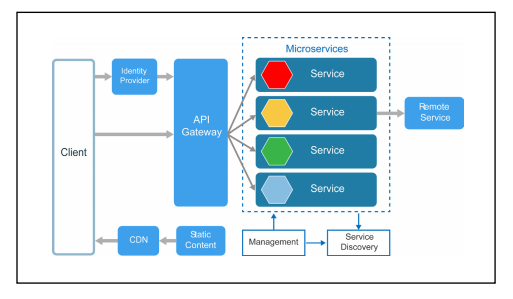The Future of Communication Technology: Trends Shaping Our Interactions
As we move further into the 21st century, communication technology is evolving at an unprecedented pace, reshaping how we interact with one another. From the advent of the internet to the rise of mobile devices, each technological leap has transformed our communication landscape. Today, several key trends are emerging that promise to redefine our interactions in the coming years.
1. The Rise of Artificial Intelligence
Artificial intelligence (AI) is at the forefront of communication technology. AI-powered tools, such as chatbots and virtual assistants, are becoming integral in both personal and professional settings. These tools not only streamline customer service but also facilitate more personalized interactions. As AI continues to evolve, we can expect smarter algorithms that anticipate our needs, making communication more efficient. Furthermore, advancements in natural language processing will enable machines to understand and generate human-like responses, bridging the gap between human and machine communication.
2. Augmented and Virtual Reality
Augmented reality (AR) and virtual reality (VR) are transforming how we perceive and interact with the world around us. These technologies create immersive experiences that enhance communication by providing context and depth. In a corporate setting, VR can facilitate remote meetings that feel more personal and engaging, allowing participants to interact in a shared virtual space. Meanwhile, AR applications are enhancing real-world interactions, from navigation to remote assistance, enriching our daily communication.
3. 5G Connectivity
The rollout of 5G technology is set to revolutionize communication by offering faster and more reliable connectivity. With significantly lower latency and increased bandwidth, 5G enables seamless communication across devices, enhancing real-time interactions. This advancement will empower new applications, such as high-definition video conferencing and instantaneous data sharing, transforming both social and professional communication dynamics. As more devices become interconnected, the Internet of Things (IoT) will further facilitate communication between everyday objects, making our environments more responsive.
4. The Evolution of Social Media
Social media platforms continue to adapt to users’ changing needs and preferences. Emerging trends, such as ephemeral content and live-streaming, are becoming mainstream, influencing how we share experiences and information. In the future, we may see the rise of decentralized social networks that prioritize user privacy and data ownership, responding to growing concerns about surveillance and data misuse. Moreover, the integration of AI in social media will enable more tailored content delivery, enhancing user engagement and interaction.
5. Emphasis on Mental Health and Well-Being
As communication technology advances, there is a growing awareness of its impact on mental health. Future communication tools are likely to incorporate features that promote well-being, such as digital wellness metrics and tools to encourage healthy interactions. For instance, platforms may offer reminders to take breaks from screens or foster environments that prioritize meaningful connections over superficial ones. This trend reflects a broader societal shift toward valuing mental health and holistic communication practices.
Conclusion
The future of communication technology is bright, marked by rapid advancements that promise to enhance our interactions. From AI-driven tools to immersive AR and VR experiences, the way we communicate is set to become more efficient, engaging, and personalized. However, as we embrace these innovations, it is essential to remain mindful of their implications on privacy, mental health, and societal dynamics. By fostering a balanced approach to communication technology, we can navigate this evolving landscape while ensuring that our connections remain meaningful and authentic.











Leave a Reply